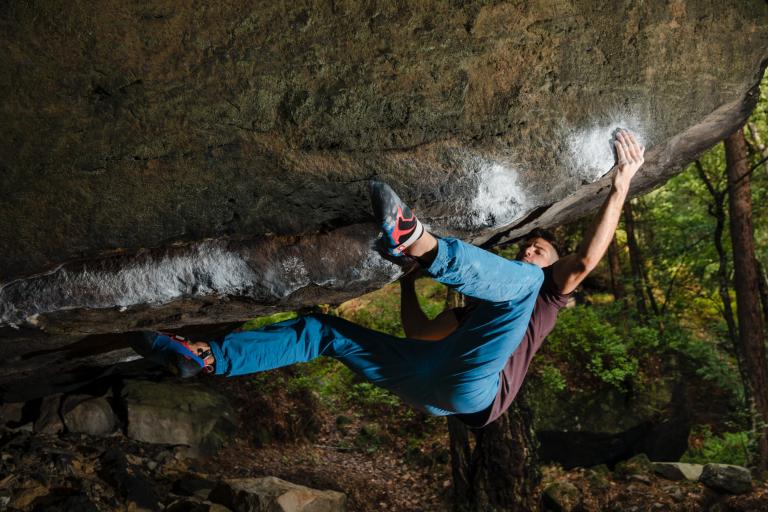
Last but not least, liquid chalk is mainly suitable for bouldering as, due to its format, it’s difficult to reapply during your long climbs. In addition, liquid chalk isn’t safe to use if you have cuts or abrasions on your hands. However, the drying agents in liquid chalks that are so effective at reducing unwanted sweat can also cause redness or flaky, dry hands. Most liquid chalk products contain three ingredients: magnesium carbonate (chalk), isopropyl alcohol or ethanol (the drying agent), and water. And let’s not talk about the risk of spilling your entire chalk bag in your rucksack on the way or back from your climbing session. Even chalk balls can’t eliminate the dust, and it can be difficult getting enough powder out of a chalk ball on a climb. Breathing in fine chalk dust isn’t good for lung health, either. However, loose chalk is messy.Ĭhalk bags create large dust clouds, coating your clothes and inevitably creating a ton of waste. Most climbers have a chalk bag for their loose chalk that clips onto their belt. Products like Friction Labs’ Unicorn Dust or Trango Gunpowder are especially popular. Dry Chalkĭry chalk is more commonplace, and many climbers prefer finely powdered chalk because it does an excellent job drying very sweaty hands.
#Climbing chalk full
Many climbers use chalk bags full of loose chalk, but liquid chalk is steadily growing in popularity as a dust-free alternative to powder chalk. Sweaty hands are incredibly dangerous because they can quickly loosen your grip, increasing the chance of a fall. Standard climbing chalk is something that rock climbers everywhere use for extra grip and to eliminate the unwanted lubrication of sweat on their hands. Happy climbing, everyone! What’s the Difference Between Dry and Liquid Climbing Chalks? It’s a toss-up, so try them both and see which you like best. However, we’d have to say our top pick for the best liquid chalk for climbing is a tie between Friction Labs 80% Alcohol Secret Stuff and Black Diamond Black Gold Liquid Climbing Chalk.įriction Labs brings the best overall performance and superior quality, but Black Gold has near superhuman hydration power. Each has its benefits, and they’re all great for climbing and bouldering. You really can’t go wrong with any of the liquid chalks on our list. Our Verdict: The Best Liquid Chalk for Climbing

Why not try them out? After all, it’s a great excuse to go for a climb. Ultimately, finding the best chalk is also a matter of personal preference. We also wanted to give you the names of some other brands of liquid chalk that just missed our list.
#Climbing chalk how to
dry, how to use liquid chalk when climbing, and how to make your own liquid chalk (hint: it’s surprisingly simple). We’ve got the whole rundown for you right here on liquid climbing chalk, so keep reading to find out more about which brands and products will suit your needs best. Many rock climbers (and weightlifters, gymnasts, even pole dancers) use liquid chalk to combat the problem of sweaty palms and fingertips. Whether you’re a stalwart climber or you live for bouldering, there’s nothing worse than trying to master difficult rock climbing holds and conquer your crux with slippery, sweaty tips. If you usually prefer powder chalk but are considering switching to liquid, then reading our review of the best liquid chalk for climbing is a great place to start.

What's the Difference Between Dry and Liquid Climbing Chalks?.Our Verdict: The Best Liquid Chalk for Climbing.2) Friction Labs Secret Stuff 80% Alcohol Content Liquid Chalk.1) Friction Labs Secret Stuff Alcohol-Free Chalk Cream.


 0 kommentar(er)
0 kommentar(er)
